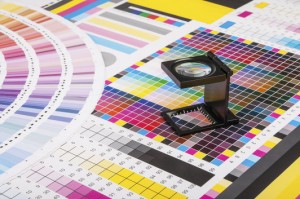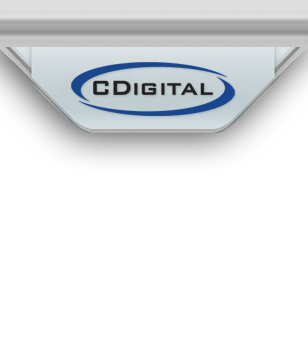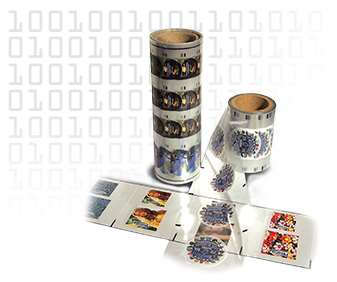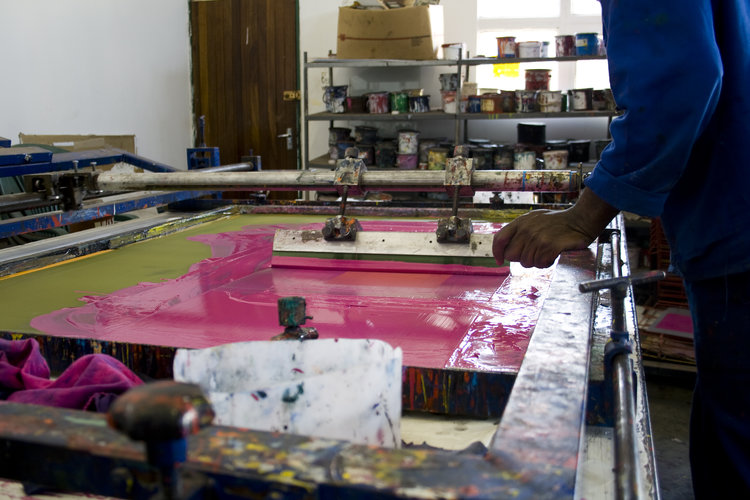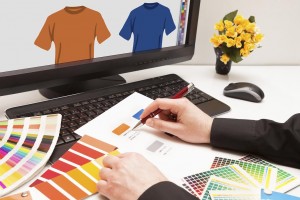 Manufacturers and ad specialty companies have several options when it comes to product decoration: pad printing, screen printing, digital heat transfers, and so on. And each and every production process has its pros and cons, which can make it rather difficult (and confusing) to choose the perfect method. But that’s why you are here.
Manufacturers and ad specialty companies have several options when it comes to product decoration: pad printing, screen printing, digital heat transfers, and so on. And each and every production process has its pros and cons, which can make it rather difficult (and confusing) to choose the perfect method. But that’s why you are here.
Click Here to learn about the differences between Pad Printing and Digitial Heat Transfers.
The Difference between Screen Printing and Digital Heat Transfers
What is Screen Printing?
Do you own a t-shirt? Chances are the design it bears is screen printed. An ago old process, screen printing uses screens (stencils) to print an image directly onto the substrate (object) – whether fabric, ceramics, paper, etc. – or heat transfer. This technique is used a lot in commercial applications, such as printing a company’s logo on coffee mugs, t-shirts, or other products.
Screen printing has several drawbacks, however, including:
- Screen printing is a multi-step process requiring different screen for EACH color. This means set up time can be quite extensive, especially for more complex, multi-colored images.
- Because screen printing is a multi-step process with multiple screens, it is difficult to achieve smooth gradients or complex multi-colored images. This also means that small variations in a single step could distort the final product.
- Small, intricate details are not easily achievable.
- Screen printing is typically only cost effective in large, mass productions. Short runs are not cost effective.
What are Digital Heat Transfers?
Heat transfer decorating is a form of product decorating that uses heat, time (dwell), and pressure to apply a pre-printed graphic to a part or product. For years, screen printed transfers dominated the market. That was until the invention of Digital Heat Transfers. This revolutionary new process has introduced digital printing to the product decorating industry.
The Benefits of Digital Heat Transfers over Screen Printing
One of the most popular methods for decorating plastics (and the only digital solution for decorating glass), digital heat transfers offer several benefits over screen printing, including:
- Short run production of products – whether plastics, ceramics, etc. – is more cost effective with digital heat transfers.
- Being digital, transfers are multi-color and photo quality. The digital printing process is capable of hitting over 10,000,000 colors.
- With the highest speeds in the marketplace, digital heat transfers offer continuous motion decorating, precise positioning and repeatability.
- Digital decorating technology utilizes a dry decorating process with no cure time. Just hit it with heat and pressure and it is on. No handling of inks and no VO
- And So Much More!
Of the nearly 10,000 printing lines worldwide, 20% have already made the switch to digital heat transfers. 50% are expected to convert by next year. Are you ready to make the switch to digital?
CDigital Heat Transfers from CDigital
Digital heat transfers from CDigital, formerly trademarked as Grafixx, are bringing the advantages of digital transfer technology to an increasing percentage of the product decorating industry. Our print technology is by far the most cost effective multicolor print solution on the market. Plus, because we are fully digital we can turn the jobs as fast as any local printer.
If you would like to learn more about Digital Heat Transfers, please contact CDigital at 410-646-7800 or fill out our Contact Form. You can also follow us on Facebook, Twitter, Google+, Pinterest, and YouTube.
